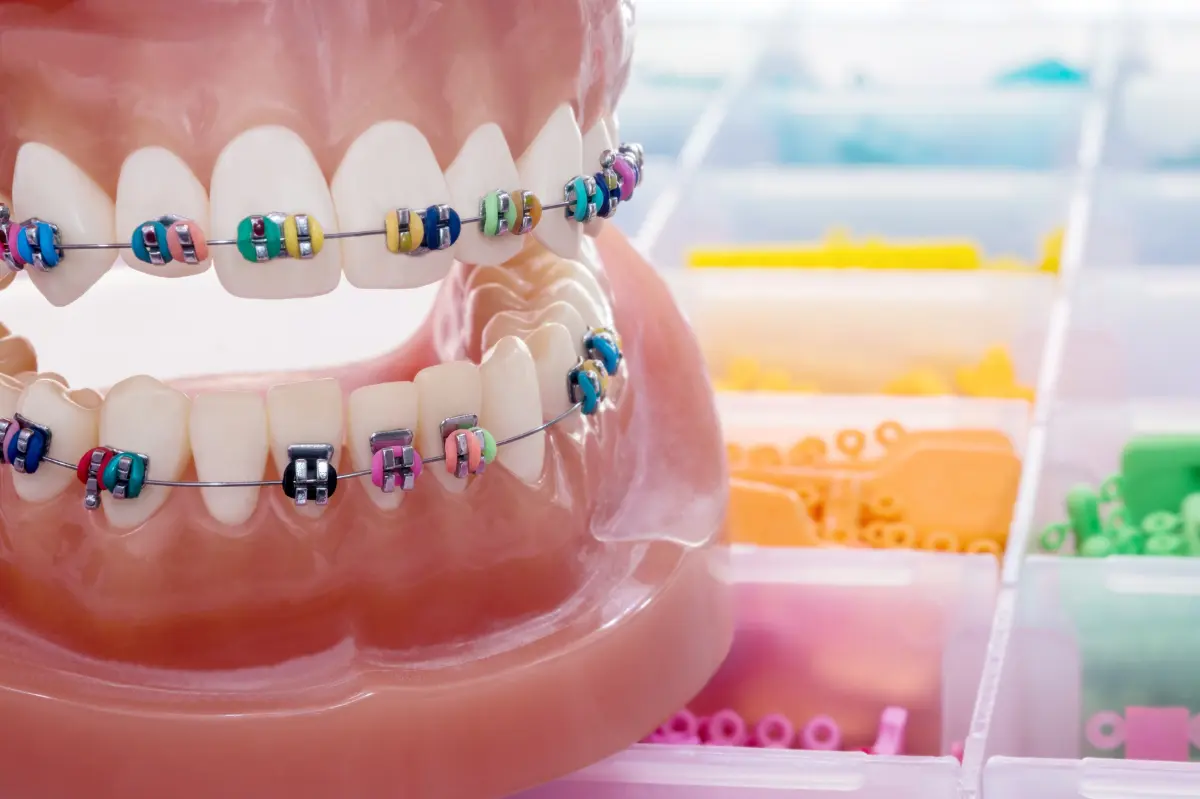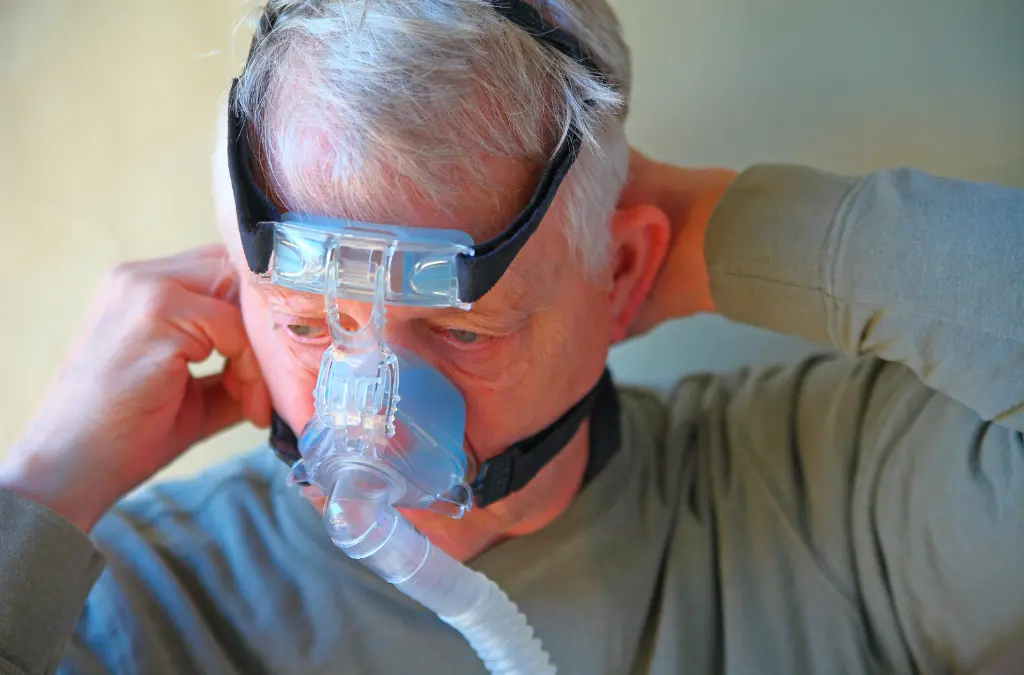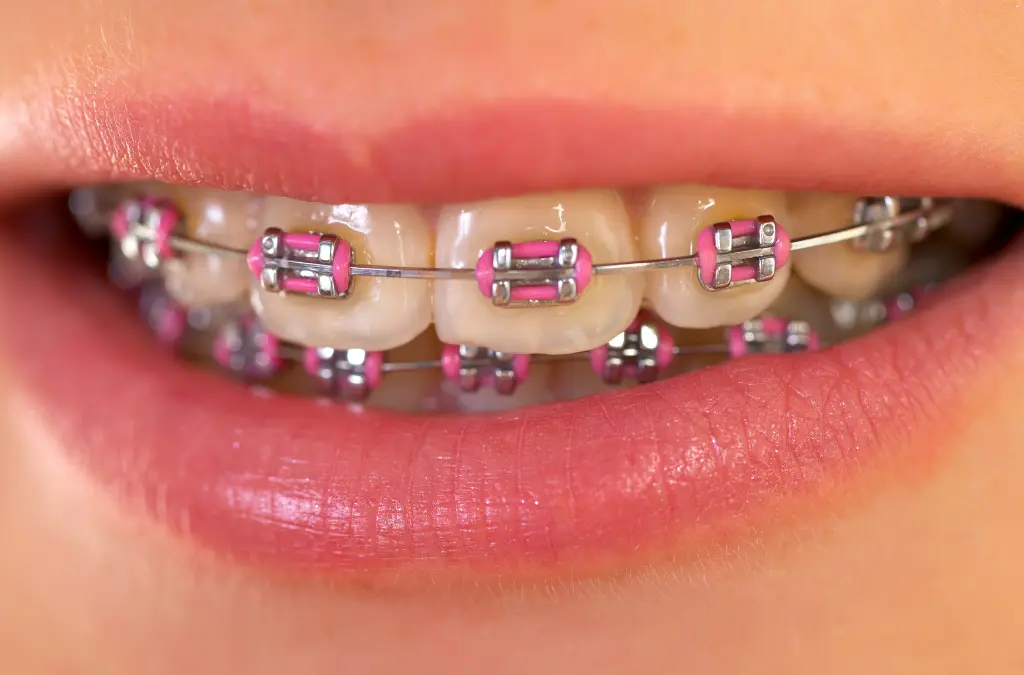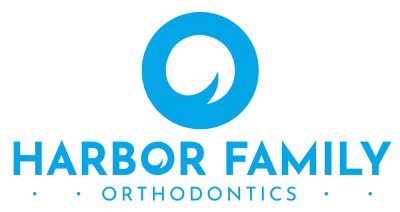
Headgear and Braces: What you Need to Know
Orthodontic treatment requires a significant investment of time and money, and it’s natural to have questions about the available treatment options. Headgear is a common treatment for orthodontic problems, but many patients are unfamiliar with how it works. This article provides a comprehensive overview of headgear and its role in orthodontic treatment.
We’ll answer questions such as: What does headgear do for braces? Is it still used? How long do you wear it? Is it better than braces? Do all overbites require it? What are its negative effects? Do adults need it? How do you sleep with headgear braces? Does it cause pain? Can it fix overbite? Does it change face shape?
SCHEDULE A CONSULTATION
I. What is Headgear and How Does it Work?
Orthodontists use headgear as a removable appliance that attaches to the braces with elastic bands. It consists of a strap that goes around the back of the head and a metal wire that extends from the strap to the front of the mouth and connects to the braces.
Headgear applies gentle pressure to the teeth and jawbone, helping to correct various orthodontic issues such as overbites, underbites, and crossbites. In the next section, we’ll examine whether headgear is still a common treatment option in orthodontics.
II. Is Headgear Still Used in Orthodontics?
Orthodontics has used headgear for over a century as a critical component of many treatment plans. However, with the development of clear aligners and other appliances, some patients may question its relevance today.
Although headgear may not be as frequently used as before, it remains an effective treatment option for many orthodontic issues. Orthodontists consider several factors, such as age, severity of issues, and treatment objectives, to determine whether headgear is suitable.
III. How Long Do You Wear Headgear?
Typically, headgear is worn for a few hours each day or overnight while sleeping. The length of treatment can range from several months to a few years, depending on the severity of the orthodontic issues.
The duration of headgear treatment is affected by factors such as the severity of the issue, the patient’s age, and compliance with wearing the headgear as directed. Patients who wear the headgear as directed are more likely to achieve desired results in a shorter time.
In the next section, we’ll compare headgear with another popular orthodontic treatment option: braces.

IV. Is Headgear Better Than Braces?
Both headgear and braces are effective orthodontic treatments, although they function differently. Braces use brackets and wires to apply gentle pressure to the teeth, gradually moving them into position. In contrast, headgear uses an external device to apply pressure to the back of the teeth and jaw, helping to adjust their position. Each treatment has its advantages and disadvantages. Braces are typically more discreet and may be preferable for patients who are self-conscious about their orthodontic appliances. However, headgear may be a better option for some orthodontic issues, particularly those involving jaw positioning. The choice between headgear and braces depends on several factors, including the patient’s specific orthodontic issues and treatment goals. Your orthodontist will work with you to determine the best treatment option for your individual needs.V. Do All Overbites Need Headgear?
An overbite occurs when the upper front teeth protrude over the lower front teeth. While headgear can correct an overbite, its necessity depends on the severity of the overbite, age, and patient compliance with treatment. In some cases, braces can sufficiently correct an overbite, but a combination of braces and headgear may be necessary in others. Your orthodontist will assess your situation and recommend the appropriate treatment plan. Next, we’ll discuss potential negative effects of headgear.VI. What Are the Negative Effects of Headgear?
Although headgear is effective in treating orthodontic issues, it may lead to potential negative effects, such as discomfort, soreness, difficulty sleeping, and self-consciousness due to altered appearance. To minimize these effects, it’s crucial to carefully follow the orthodontist’s instructions, which may include adjusting the headgear when necessary, maintaining good oral hygiene, and avoiding certain foods that may damage the appliance.VII. Do Adults Need Headgear for Braces?
Although headgear is commonly associated with children and teenagers, it can also be beneficial for adult patients. However, adults may prefer alternative orthodontic treatments such as Invisalign, which provide a more inconspicuous treatment option. Invisalign utilizes a series of clear, detachable aligners to gradually adjust the position of the teeth. While it may not be suitable for all orthodontic issues, Invisalign can effectively treat many adult patients. To conclude, let’s review some before-and-after images of both braces and Invisalign treatment.VIII. How Do You Sleep With Headgear Braces?
Sleeping with headgear can be difficult, but there are ways to improve your experience. Following your orthodontist’s instructions, such as using a special headgear pillow or sleeping in a certain position, can help. You may also try wearing the headgear for shorter periods during the day to help adjust to wearing it at night. Some common challenges include finding a comfortable sleeping position and the possibility of the headgear becoming dislodged during the night. To alleviate these issues, try experimenting with different sleeping positions and consider using a chinstrap to help keep the headgear in place.
IX. Is Orthodontic Headgear Painful?
Orthodontic headgear may cause discomfort, but it should not be painful. However, patients may feel soreness or pressure on the teeth or jaw. To manage discomfort, patients can try taking over-the-counter pain relievers, applying ice packs to reduce swelling, and eating soft foods.
It’s important to note that any discomfort associated with headgear treatment should subside within a few days. If a patient experiences persistent pain or discomfort, they should speak with their orthodontist to address any concerns.
X. Can Headgear Fix Overbite?
Headgear effectively treats overbite, a common orthodontic issue where the upper front teeth significantly overlap the lower front teeth, resulting in a bite imbalance. It works by applying pressure to the upper jaw, repositioning it, and aligning the teeth.
The effectiveness of headgear for treating overbite depends on the patient’s orthodontic needs and the severity of their condition. Nevertheless, many patients see considerable improvement in their bite and teeth appearance through headgear treatment.
XI. Does Headgear Change Face Shape?
Headgear treatment can improve teeth alignment and bite, but it can also affect facial shape. Extended use of headgear may cause the face to appear slightly longer or flatter, but these changes are generally minor and not a major cosmetic concern.
To reduce the impact of headgear on facial shape, it’s important to wear it as directed by the orthodontist and follow their instructions carefully. Good oral hygiene and a healthy diet can also support proper development of the jaw and facial bones during headgear treatment.
XII. Braces, Invisalign, and Braces for Kids and Adults
Orthodontic treatments have come a long way over the years, providing patients with various options to help them achieve a beautiful, healthy smile. Among the most commonly used treatments are headgear, braces, and Invisalign. Braces consist of brackets, wires, and bands that gently apply pressure to teeth, gradually moving them into the desired position. With various colors and materials to choose from, including clear brackets and tooth-colored wires, patients can customize their treatment to fit their individual style.
Invisalign is another popular option, utilizing a series of clear aligners to shift teeth into the desired position. These virtually invisible aligners can be easily removed for eating, brushing, and flossing, making them a preferred option for many adults seeking orthodontic treatment. With Invisalign, patients can enjoy a discreet and comfortable way to improve their smile over time.
Whether for children or adults, both braces and Invisalign offer a range of options tailored to meet the unique needs of each age group. With their varying levels of burstiness and perplexity, orthodontic treatments provide an excellent example of how technology and innovation can work together to improve our lives.

XIII. Braces Before and After and Invisalign Before and After
Successful orthodontic treatment outcomes using braces and Invisalign can vary depending on the patient’s individual needs and treatment plan. Before beginning treatment, orthodontists will create a custom treatment plan that takes into account the patient’s orthodontic issues, personal preferences, and lifestyle.
After completing orthodontic treatment, it is important to maintain good dental hygiene habits to keep the teeth and gums healthy. This includes regular brushing, flossing, and dental checkups. Some patients may also need to wear a retainer after treatment to help maintain the new position of their teeth.
XIV. Conclusion
Orthodontic treatment can help patients achieve a more confident and healthy smile, and headgear is just one of many tools that orthodontists may use to achieve this goal. Whether you choose braces, Invisalign, or another orthodontic treatment, it is important to work closely with your orthodontist to create a customized treatment plan that addresses your specific orthodontic issues and personal preferences. By following good dental hygiene habits and wearing a retainer if necessary, you can maintain the results of your orthodontic treatment and enjoy a healthy and beautiful smile for years to come.
